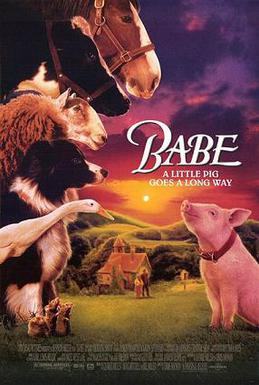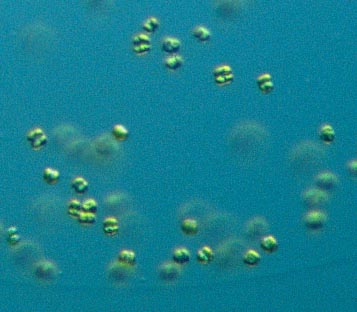Charles Waterton, a popular Natural Historian in the
Nineteenth Century, had no academic training in Zoology and wrote about his observations of
the animals he saw around him wherever he travelled. Although regarded by
Charles Darwin as “an amusing strange fellow” after a visit to Waterton’s stately
home, Walton Hall, near Wakefield (when Squire Waterton “ran down and caught a
leveret in a turnip field”), Darwin nevertheless had a high regard for the
detail described in Waterton’s Essays on Natural
History. 1
Waterton was a devout Roman Catholic, having been strongly
influenced by the Jesuit teaching at his boarding school, Stonyhurst
College. He was a Creationist and recognised
that humans are unique in their ability to be rational and in being able to use
clothing, fire, manufacturing, etc. An excellent example of Waterton’s writing and
approach comes in his observations on an orangutan; not in its native Borneo,
but in London Zoo. He was on good terms with the Zoo Superintendent of the time
and, in 1851, a keeper allowed Charles to enter the ape’s cage to become more
closely acquainted. Only someone with the personality of Charles Waterton would
have attempted such a thing, although David Attenborough’s contact with
gorillas recorded in Life on Earth
may be equivalent, although that was in the wild. Of course, Waterton
recognised that he was meeting a captive ape and these are his observations: 2
As I approached the orang-outang,
he met me about half way, and we soon entered into an examination of each
other’s persons. Nothing struck me more forcibly than the uncommon softness of
the inside of his hands. Those of a delicate lady, could not have shewn a finer
texture. He took hold of my wrist and fingered the blue veins therein contained;
whilst I myself was lost in admiration at the protuberance of his enormous
mouth. He most obligingly let me open it, and thus, I had the best opportunity
of examining his two fine rows of teeth. We then placed our hands around each
other’s necks; and we kept them there awhile, as though we had really been
excited by an impulse of fraternal affection.. ..This great ape from Borneo,
exhibited a kind and gentle demeanour, and he appeared pleased with my
familiarity. Having fully satisfied myself, how completely the natural
propensities of a wild animal from the forest, may be mollified, and ultimately
subdued by art, and by gentleness of the part of rational man, I took my leave
of this interesting prisoner, scraping and bowing, with affected gravity as I
retired from his apartment.
The writing suggests a meeting of two individuals with equal
levels of curiosity. Charles Waterton is showing us that an orangutan almost has
friendly human characteristics, yet he knows that this is unlikely to be the case. He
was reminded of this fact shortly after he left the cage and the tone of his
writing now changes: 2
..I was most egregiously deceived
in the good opinion which I had entertained of him; for scarcely had I retired
half a dozen paces from the late scene of action, when an affair occurred which
beggars all description. In truth, I cannot describe it: I don’t know how to
describe it: my pen refuses to describe it. I can only give an outline, and
leave the rest to be imagined. This interesting son of Borneo, advanced with
slow and solemn gravity to the bars of his prison, and took up a position
exactly in front of the assembled spectators. The ground upon which he stood
was dry; but immediately it became a pool of water, by no means from a pure
source. Ladies blushed and hid their faces;- whilst gentleman laughed outright.
I was scandalised beyond measure, at this manifest want of good breeding on the
part of this shaggy gentleman from the forests of Borneo. He confirmed for ever,
my early opinion, that, although apes naturally possess uncommon powers of
mimicry;- and that these powers can be improved to a surprising degree, under
the tutelary hand of man;- nevertheless, neither time, nor teaching, nor treatment,
can ever raise apes even to the shadow of an equality with the intellect of
rational man.
It is tempting to suggest that the second passage of
description is a dashing of the warm anthropomorphic sentiments expressed in
the first.
Humans are unique in needing explanations and there is no
evidence that any other animal has this capacity, although we know that they
can solve problems and create tools to aid their feeding. We also have strong
evidence that many higher animals express emotion and young orang-utans, for
example, appear to have temper tantrums when not allowed a treat from a keeper,
and these seem identical to the tantrums thrown by a human infant
when deprived of something they want. It is easy to project human emotions on
to animals, just as Charles Waterton did with the “gentleman from Borneo” and this
leads eventually to a sentimentalising of animals that can become absurd. As an example,
just think of Babe (what a wonderful
film that was, by the way - I was carried along with the sentiment just like
everyone else).
We know that humans are unique among living things and yet
we don’t always feel comfortable about that. Is that why we anthropomorphise
and need to invent theistic explanations for things we do not understand?
1 Julia Blackburn (1989) Charles Waterton 1782-1865: Traveller and Conservationist. London,
The Bodley Head.
2 Charles Waterton (1857) Essays on Natural History: Third Series. London, Longman, Brown, Green,
Longmans, and Roberts.













